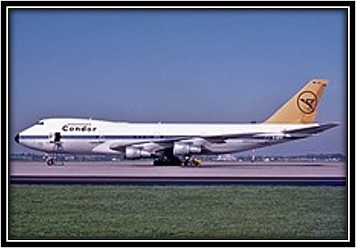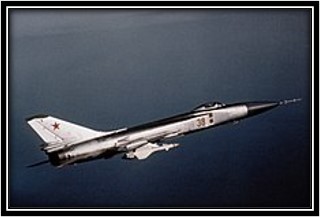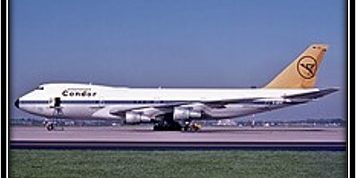September 1, 1983
Contributor: Barry Fetzer
Sources: History.com and Wikipedia
I opined several issues ago that perhaps the worst kind of mishap is one in which a nation’s military makes a series of mistakes and downs a civilian passenger aircraft. America, unfortunately, is not blameless in these kinds of tragic mistakes.
On this day in aviation history, on September 1, 1983, it was the Soviet Union’s “turn”. According to History.com, “Soviet jet fighters intercepted a Korean Airlines passenger flight in Russian airspace and shot the plane down, killing 269 passengers and crew-members. The incident dramatically increased tensions between the Soviet Union and the United States.”
The aircraft, according to Wikipedia, flying as Korean Air Lines Flight 007 “was a Boeing 747-230B jet airliner with Boeing serial number 20559. The aircraft first flew on January 28, 1972 and was delivered on March 17, 1972, to West German airline Condor with the registration D-ABYH. It was sold to the ITEL Corporation in February 1979 and leased to Korean Air Lines with the registration HL7442.”
 The Boeing 747-230B airliner shot down, sporting its Condor scheme in 1976. Photo courtesy Wikipedia.
The Boeing 747-230B airliner shot down, sporting its Condor scheme in 1976. Photo courtesy Wikipedia.
Again from History.com, “On September 1, 1983, Korean Airlines (KAL) flight 007 was on the last leg of a flight from New York City to Seoul, with a stopover in Anchorage, Alaska. As it approached its final destination, the plane began to veer far off its normal course. In just a short time, the plane flew into Russian airspace and crossed over the Kamchatka Peninsula, where some top-secret Soviet military installations were known to be located. The Soviets sent two fighters to intercept the plane. According to tapes of the conversations between the fighter pilots and Soviet ground control, the fighters quickly located the KAL flight and tried to make contact with the passenger jet. Failing to receive a response, one of the fighters fired a heat-seeking missile. KAL 007 was hit and plummeted into the Sea of Japan. All 269 people on board were killed.
 A Soviet Sukhoi Su-15 interceptor. Courtesy Wikipedia.
A Soviet Sukhoi Su-15 interceptor. Courtesy Wikipedia.
This was not the first time a South Korean flight had run into trouble over Russia. In 1978, the Soviets forced a passenger jet down over Murmansk; two passengers were killed during the emergency landing. In its first public statement concerning the September 1983 incident, the Soviet government merely noted that an unidentified aircraft had been shot down flying over Russian territory. The United States government reacted with horror to the disaster. The Department of State suggested that the Soviets knew the plane was an unarmed civilian passenger aircraft. President Ronald Reagan called the incident a ‘massacre’ and issued a statement in which he declared that the Soviets had turned ‘against the world and the moral precepts which guide human relations among people everywhere.’ Five days after the incident, the Soviets admitted that the plane had indeed been a passenger jet, but that Russian pilots had no way of knowing this. A high-ranking Soviet military official stated that the KAL flight had been involved in espionage activities. The Reagan administration responded by suspending all Soviet passenger air service to the United States, and dropped several agreements being negotiated with the Soviets.
Despite the heated public rhetoric, many Soviets and American officials and analysts privately agreed that the incident was simply a tragic misunderstanding. The KAL flight had veered into a course that was close to one being simultaneously flown by a U.S. spy plane; perhaps Soviet radar operators mistook the two. In the Soviet Union, several of the military officials responsible for air defense in the Far East were fired or demoted. It has never been determined how the KAL flight ended up nearly 200 miles off course.”







